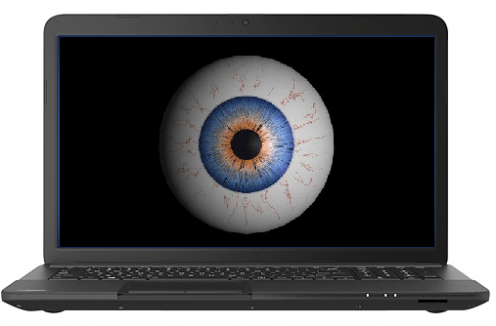Does Targeted Advertising Work?
By Daniel Miller, on 5 February 2015

Photo by Mike Licht (creative commons)
As Ethan Zuckerman noted in The Atlantic (14/08/2014) even though many groups and initiatives really didn’t want to go down that route, targeted advertising has become the default funding model for the internet, as people failed to find an alternative. A combination of developments such as big data and mining information from sources such as search engines and social network sites means that today it is possible for ads to be honed quite precisely to the interests of individuals as revealed by their online activity.
It is not at all surprising to find that English people who, as many of my blog posts have argued, are hugely concerned with privacy and keeping people away from their homes and intimate worlds, vociferously complain about the development of targeted advertising. The two most commonly quoted examples are Facebook and the supermarket chain Tesco. A typical complaint was ` Google will change your settings on your cursor, so that every time it goes back and tells them what you are using it for. Then they send you certain adverts….If you join Tescos, every time you go through the till it records everything you’ve brought. And suddenly they start sending you vouchers to buy meat… or this persons a drinker. Everything you do.’
In our project we anticipate cultural variation and it was interesting to read an article in the Financial Times recently (28/01/15) that suggested in China customers of WeChat felt personally insulted when they were not included in a targeted advert for BMW. This leaves us with at least two interesting possibilities. The first is that people say they resent the advertising but actually find them convenient and use them, which is why they continue to spread. Alternatively corporations tend to follow technological advances and do this simply `because they can’, even if in actuality these adverts did not in fact work. When I studied businesses (Miller, D. 1997 Capitalism: An Ethnographic Approach) I found that fear of what the competition might do was much more important than evidence for what customers actually do in understanding business practice around advertising. The academic work on the topic is still slight, and it is starting to look like targeted adverts in some combinations might actually be sending people away from companies rather than building their profits (e.g. Goldfarb, A., and C. Tucker. 2011 “Online Display Advertising: Targeting and Obtrusiveness.” Marketing Science 30.3 (2011): 389-404). In the meantime I have been faced with some of the most egregious examples of such advertising through my research with hospice patients. As one put it `I’ve joined the moving-on group now, since I’ve finished treatment, try and move on. Sometimes I get a lot of feeds and it does get a bit much. Don’t want it in your face all the time, keeps coming up, so I had to stop a lot of the feeds, otherwise every other thing was cancer cancer cancer and I’m not moving on. Think I’ll get rid of these off my Facebook.’
 Close
Close







